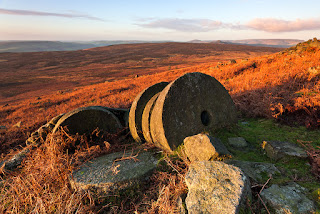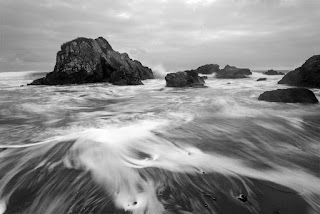The lead up to Christmas and some poor weather restricted the photography in during week 51(2015).
Despite this I still tried to take a photography everyday as part of a loose 365 project.
365 projects are popular online and photographers set a goal of taking and loading a photograph for each day of the year. Some projects are themed but most tend to be quirky and creative - it is actually more difficult to come up with a different image everyday than it first appears.
My project is not a rigid 365 as I am not overly concerned about missing some days. I do try to include different subjects or images where I have applied creative processing techniques. When I get the chance I load these to the photograph sharing site 365Project.
These are a few of the images taken for 365 during this week plus a couple from week 50. The first image was created with intentional camera movement (ICM). I like the buildings along the harbour in Falmouth but the straight shot shows too many 'modern' elements. ICM removes many of these leaving a more painterly impression:
Colourful shutters and part of an oil painted sign:
Seafront shelter window:
Decorative shell design in the Princess Pavilion gardens in Falmouth:
One of my favourite subjects at the moment is the mud and siltstone formations in Falmouth:
Lastly, and appropriately for the time of year, a Christmas decoration at Gyllynvase using
camera movement as a creative aid:


























































